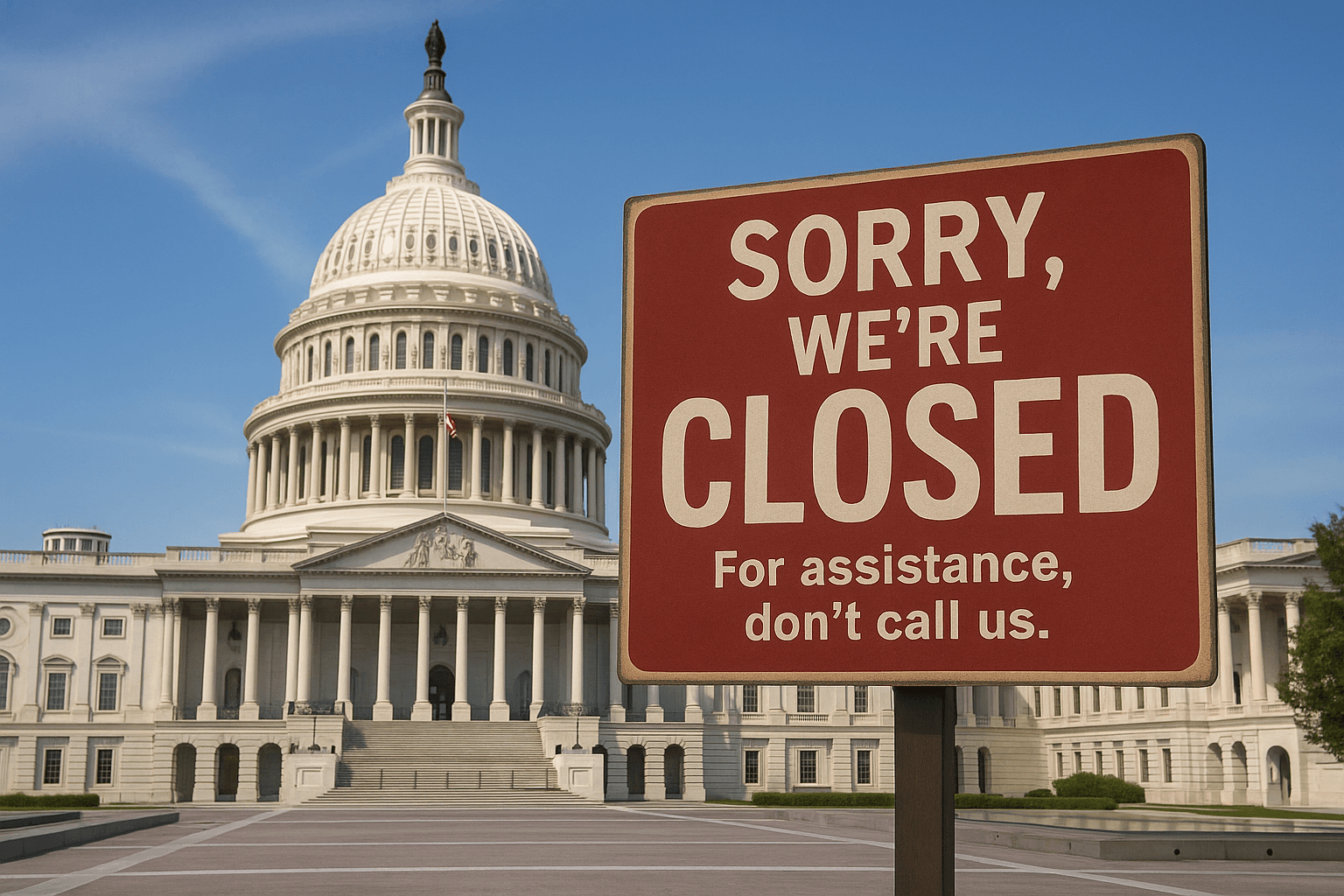Democrats Successfully Kill Redistricting Reform in Illinois

Last week the Illinois Supreme Court rejected an appeal that may have ended the current campaign to reform legislative redistricting. The ruling further illustrated the arduousness of instituting a citizen-led proposal in Illinois.
A circuit court in July ruled unconstitutional a ballot initiative to diminish politicians' influence on the redistricting process. The Independent Map Amendment, the group behind the effort, immediately filed appeal with the Illinois Supreme Court.
Last week the court rejected that appeal along partisan lines. The Independent Map Amendment planned to implement an independent panel to draw Illinois' legislative districts every ten years. If successful, it would have appeared on November's ballot.
The Illinois Supreme Court's 4-3 Democratic majority ruled the ballot initiative unconstitutional. The court declared that the proposed changes exceeded what is allowed for citizen-led initiatives. Consequently, the amendment altered duties of the auditor general in creating the independent panel.
Justice Thomas Kilbride wrote for the majority:
"The intent demonstrated by both the plain constitutional language and this court's prior case law imposes clear restrictions on the scope of permissible ballot initiatives. . . . We may not ignore our mandate by simply deferring to the redistricting approach proffered by a particular ballot proposal, no matter how appealing it may be."
In his dissent, Justice Robert Thomas commented on the difficulty in getting proposals on the ballot. In contrast to the majority, he wrote, "The Illinois constitution is meant to prevent tyranny, not to enshrine it."
Independent Map chairman Dennis FitzSimons lamented the court's decision:
"A lot of people got behind this campaign, because they wanted to change the status quo. They wanted to change a system that was broken and wasn't working."
Austin Berg argued in Illinois Policy that the fight over Illinois' map is vital to resolving the state's political dysfunction. He wrote:
"The current legislative districting system leaves a majority of Illinoisans without a real choice in their elected officials. Less than 40 percent of Illinois' legislative races in 2016 will be contested."
The Independent Map Amendment submitted 573,000 signatures in May - nearly double the required number. In 2014, a circuit court judge rejected a similar ballot initiative in part for invalid signatures.
The individual most associated with the operation against redistricting reform is Democratic Speaker of the House Michael Madigan. However, Michael Kasper, a lawyer long associated with Madigan, filed the suit on behalf of a group called the People's Map.
The Independent Map Amendment issued a statement after the ruling. The group will decide in the next week about whether to ask for a rehearing.



